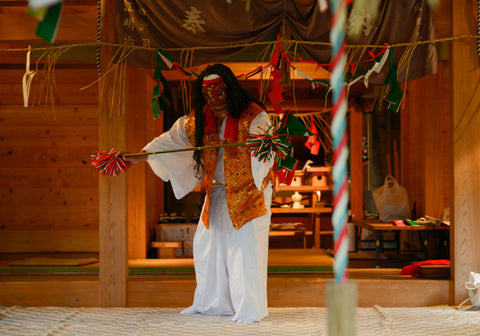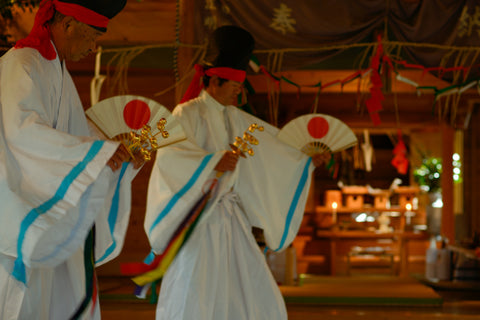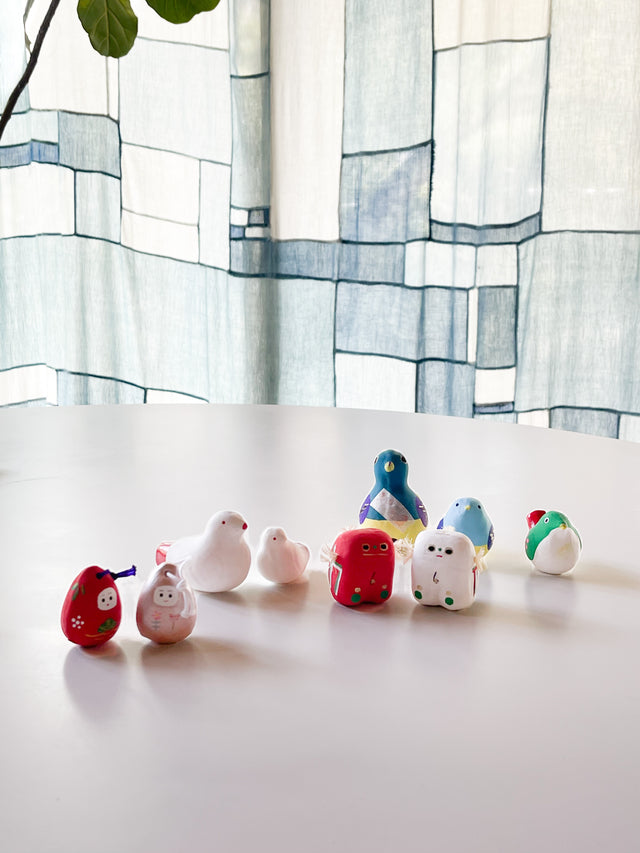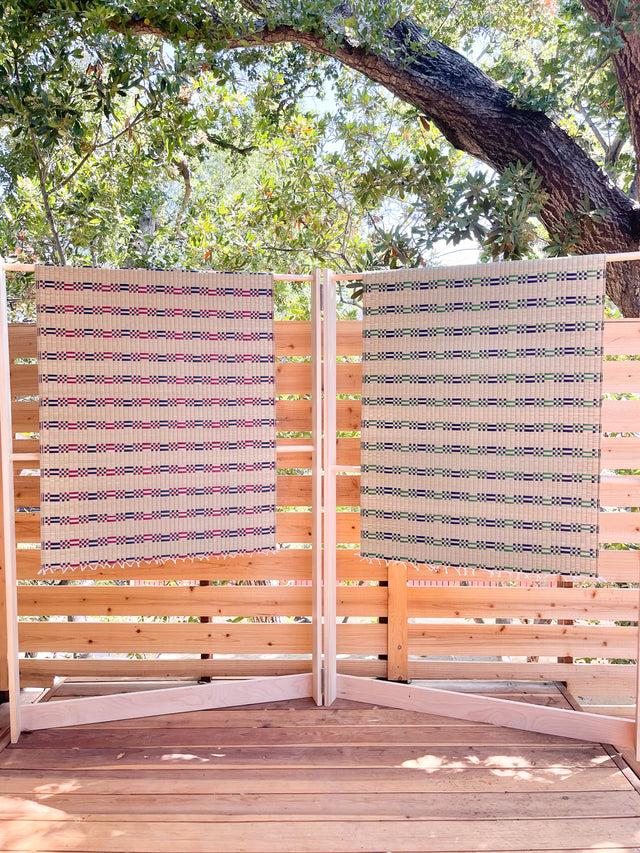Driving 3+ hours and going across the Aso mountain from my parents house, I visited the Kai family in Miyazaki prefecture to learn how they make the straw ornaments.

I knew about this family since I saw the tortoise ornament years ago. Carrying their works has been one of my dreams since then.
When I contacted them to ask if they can sell their products for my new business, they said no for the first couple of times since they cannot keep much materials.
*photographed by Yuko Kawashima ↓





After visiting them and learning how much time and effort they put into their works, we made a promise to explain the details to the customers how they make their ornaments.
This family owned business started more than three generations ago. In order to get the materials to create these beautiful decorations, the family members and their neighbors spend a whole year sprouting rice seeds in the early spring.
They harvest the rice plants twice a year. The first time is early summer when the rice plants are still fresh and green. These are the materials that they use for smaller ornaments. After summer when the rice plants grow more yellow and stronger with harder stems, they harvest them all. They use the harder materials for larger ornaments.
They store the harvested rice straws and dry them in the attic of their garage. It has to stay in the attic because the area gets affected by typhoons and heavy rain every year.





*Kai family's nearest temple on New Year day, with their straw ornaments.




This is one of my favorite rice straw decorations, "Yokozuna musubi."
I was very attracted by this strong, masculine look when I first saw this "Yokozuna Musubi" wall hanging piece. It gave me a lot of energy and reminds me of the passion of finding and introducing handcrafted pieces from where I grew up.
Every knot and each piece has a meaning. (Please see the item pages to learn about the meaning.)







